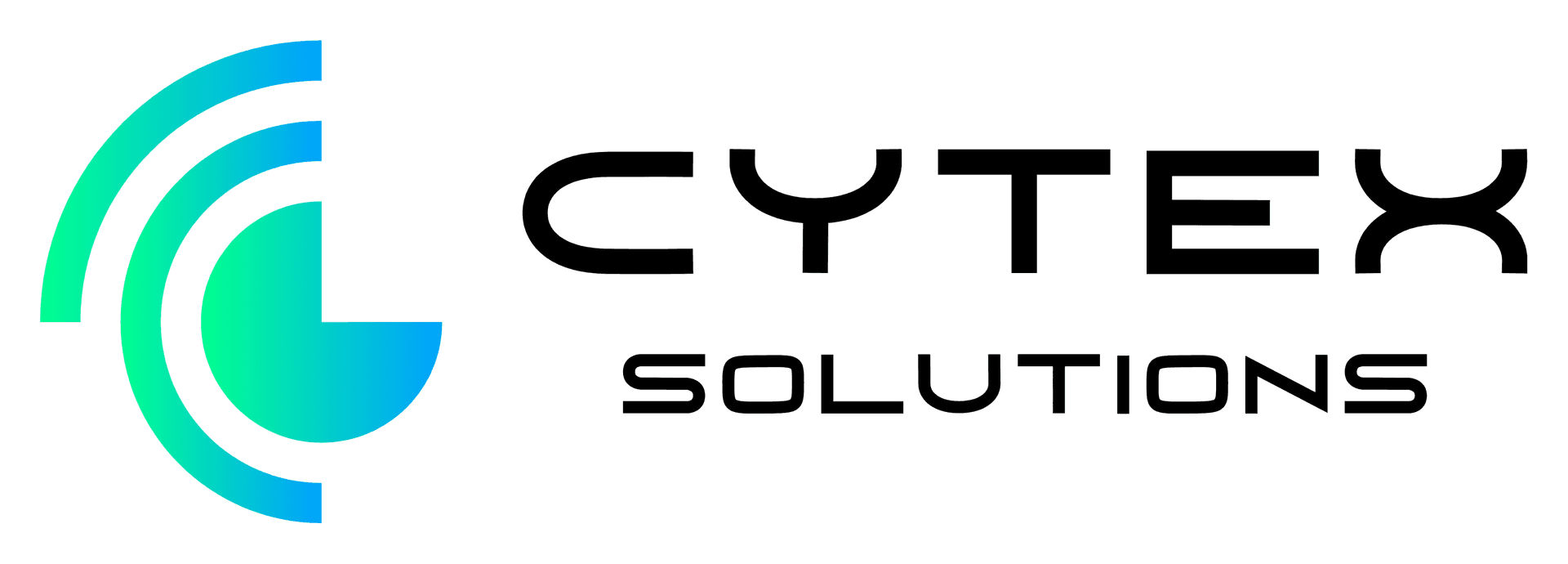Seasonal IT Maintenance Checklist for Small Businesses
CS
As the seasons change, so do the demands on your IT infrastructure. For businesses, it's essential to stay ahead with a comprehensive IT maintenance strategy. A seasonal checklist ensures that your systems run smoothly and securely, allowing you to focus on growth and productivity.
Why Seasonal IT Maintenance is Crucial
Seasonal IT maintenance helps in preventing unexpected downtimes and enhances the performance of your systems. By regularly checking and updating your infrastructure, you can avoid costly repairs and ensure a seamless workflow. Additionally, this proactive approach helps in protecting sensitive data against potential security threats.

Key Components of a Seasonal IT Maintenance Checklist
An effective IT maintenance checklist should cover several critical areas. Here’s what you should focus on:
- Hardware Inspection: Regularly check all hardware components for wear and tear. This includes computers, servers, and network devices.
- Software Updates: Ensure all software, including operating systems and applications, are up-to-date to protect against vulnerabilities.
- Data Backup: Verify that all critical data is backed up and that you can restore it if necessary.
Network Security and Performance
Network security is a top priority for any business. Regularly updating firewalls and antivirus software is essential to protect against cyber threats. Also, evaluate your network performance to ensure it meets the demands of your operations, especially during peak seasons.

Reviewing and Testing Disaster Recovery Plans
Disaster recovery planning is an integral part of seasonal IT maintenance. Regularly review and test your disaster recovery plan to ensure it is effective. This includes verifying backup systems and conducting mock recovery drills to train your team.
Employee Training and Awareness
A well-informed team is your first line of defense against IT issues. Conduct regular training sessions to update employees on new software, cybersecurity practices, and any changes in IT policies. This proactive approach helps in minimizing human error and enhancing overall security.

Documentation and Record Keeping
Maintain detailed records of all IT maintenance activities. Documentation helps in tracking the performance of your systems and identifying any recurring issues. It also provides valuable insights for future planning and budgeting.
By following a structured seasonal IT maintenance checklist, businesses can optimize their IT infrastructure, reduce risks, and ensure a productive work environment. Regular maintenance not only protects your investments but also supports your business goals as you navigate through the changing seasons.
